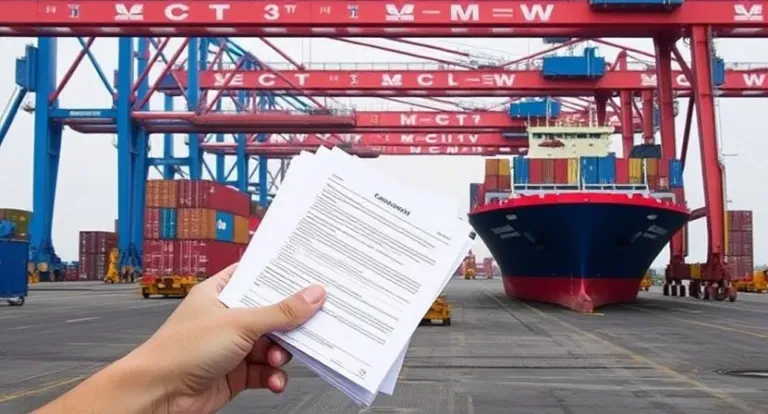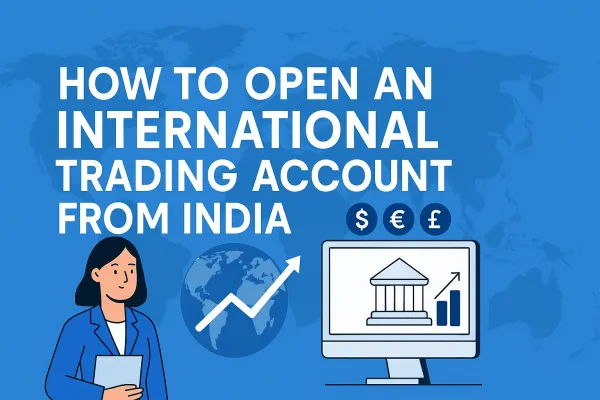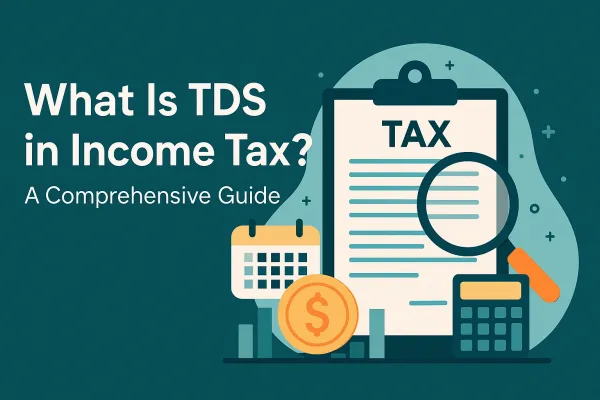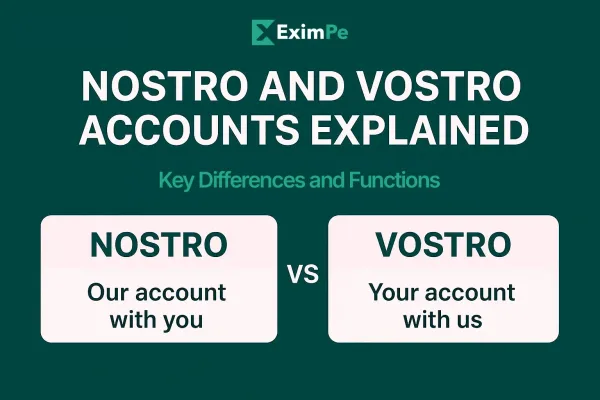Documentation Required for Customs Clearance of Export Shipment

International trade is a very complex process, and clearing customs can be quite challenging for export shipments. One of the most important aspects of this process is understanding the necessary export documentation required for customs clearance. Proper documentation not only facilitates the smooth transit of goods but also ensures compliance with both domestic and international regulations. It details the critical documentation needed in customs clearance to export shipments, according to the degree of documentation they require and their importance.
Understanding Customs Clearance
Customs clearance is one of the important steps involved in exporting. It is essentially presenting certain documents to the customs authorities to enable entry or exit of goods. Every country has its regulations and requirements, so exporters should know what documents are required for export. Failure to present accurate and complete export documentation can lead to delays, fines, or even the seizure of goods.
Key Documents for Customs Clearance
- Commercial Invoice
The commercial invoice is one of the most important documents in the export process. It serves as a bill for the goods being shipped and includes essential information such as:
- Description of the goods
- Quantity and unit price
- Total value
- Terms of sale (Incoterms)
- Payment terms
Customs authorities use the commercial invoice to assess duties and taxes, making it a vital document for customs clearance.
- Bill of Lading
The bill of lading (BOL) is a legal document issued by a carrier that serves as a receipt for the shipment and a contract between the shipper and carrier. There are different types of bills of lading, including:
- Ocean Bill of Lading: Used for sea freight.
- Air Waybill: Used for air freight.
- Inland Bill of Lading: Used for land transportation.
The BOL provides details about the shipment, including weight, dimensions, and destination, and is essential for customs clearance.
- Packing List
A packing list provides detailed information about how goods are packed in each shipment. It typically includes:
- Itemized list of contents
- Dimensions and weight
- Packaging type (e.g., boxes, pallets)
While not always required by customs, a packing list is beneficial for both exporters and importers to verify that all items are accounted for during transit.
- Certificate of Origin
The certificate of origin verifies where the goods were manufactured or produced. Some countries require this document to determine eligibility for preferential tariff treatment under free trade agreements (FTAs). The certificate may need to be validated by a chamber of commerce or other authorized body.
- Shipper’s Letter of Instruction (SLI)
The SLI is a document provided by the exporter to instruct the freight forwarder on how to handle the shipment. It typically includes:
- Shipping instructions
- Contact information
- Details about any special handling requirements
While not required by customs, an SLI helps ensure that all parties involved in shipping are on the same page.
- Export License
An export license issued by the government may be required for exporting goods, depending on the type of products and their destinations. It allows the exportation of specific items and complies with export control laws.
- Insurance Certificate
This document can be used to prove that your shipment is insured if it gets lost or damaged in transit. Even though it is not necessary to produce the document at customs clearance, it does give a feeling of security and protects the financial interests of the shipment.
- Pro Forma Invoice
Usually used as an advance bill on any sale before it materializes, a proforma invoice carries all the anticipations about costs and conditions without claiming payment. It helps a buying party, and the selling party negotiates before actual sale materialization.
- Automated Export System (AES) Filing
For certain shipments valued over $2,500 or those requiring an export license, exporters must file Electronic Export Information (EEI) through AES. This filing provides U.S. Customs and Border Protection with data about exports leaving the country.
Importance of Accurate Documentation
All correct documentation is guaranteed for customs clearance. Failure on this can delay shipment clearance, increase extra cost upon penalty, or, worst of worst, goods being seized upon confiscation by customs officials. Thus, proper carefulness must be given in checking all documents for errors as well as for their authenticity before submitting them to any clerk.
Best Practices for Export Documentation
- Stay Informed: Export documentation regulation is constantly changing because of trade agreements or international relationships. Remain updated on any changes that may impact shipments.
- Consult Experts: Take their advice and help from expert freight forwarders or customs brokers specialized in export documentation.
- Organize Your Documents: Keep an organized record of all documents required for each shipment so that you can find them easily when needed.
- Communicate with Importers: Make sure you explain documentation requirements to your international buyers early in the course of a transaction so that you will be able to meet those needs.
- Verify Compliance: Ensure that all the documentation meets the regulatory requirements of the shipping country and the importing country before shipment.
Final Thoughts
Now that you are aware of the documentation to be provided for customs clearance in an export shipment, you can begin collecting these essential papers in an organized manner. Crosscheck all the information provided in each document for accuracy and compliance with the law under domestic law as well as international regulation.
Proper documentation will prevent you from hassles of unnecessary delay and complications in customs clearance and pave the way for smooth transactions in your export business. Being proactive in managing export documentation needs can enhance your operations, as well as strengthen your relationships with international partners.



